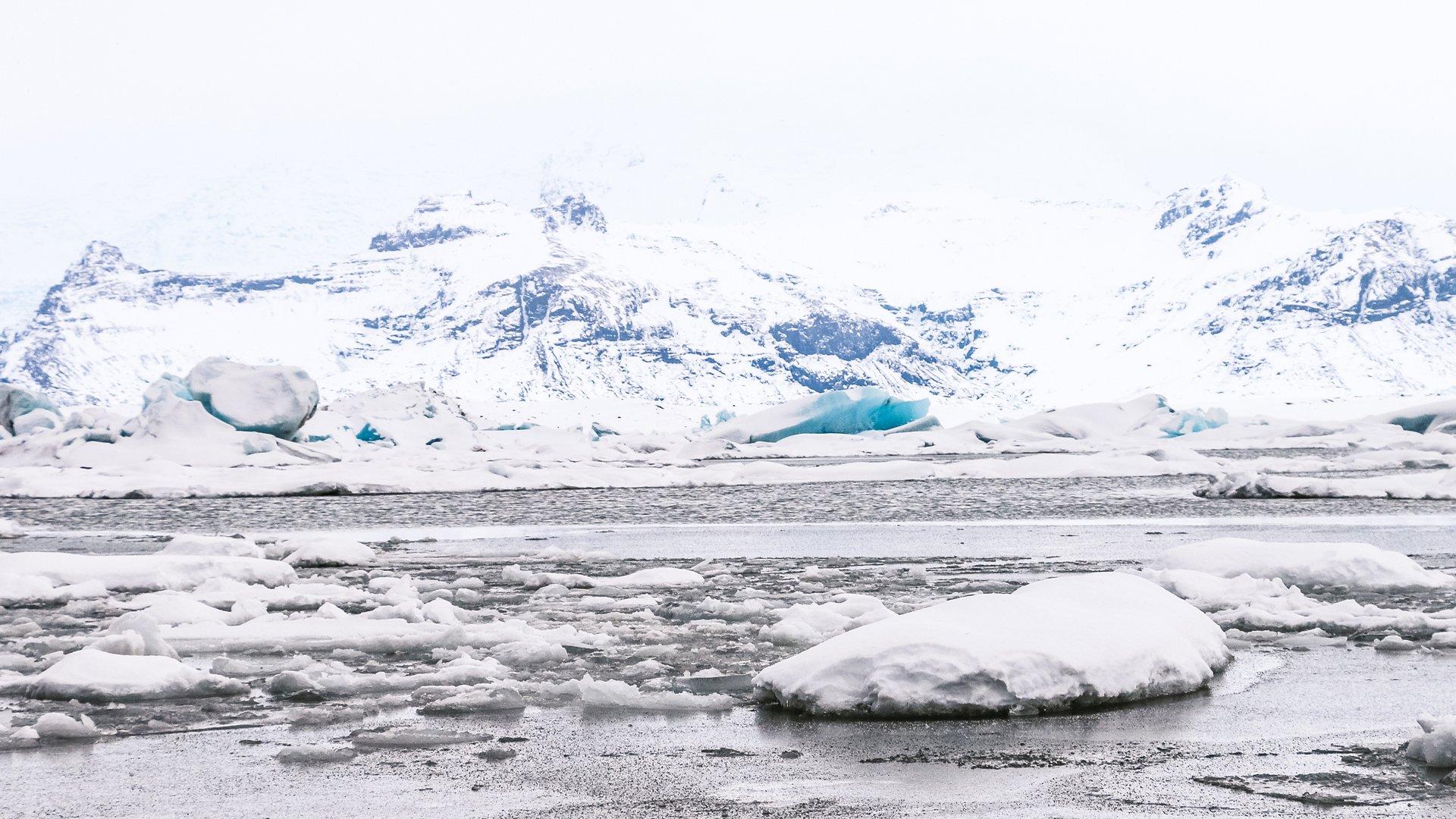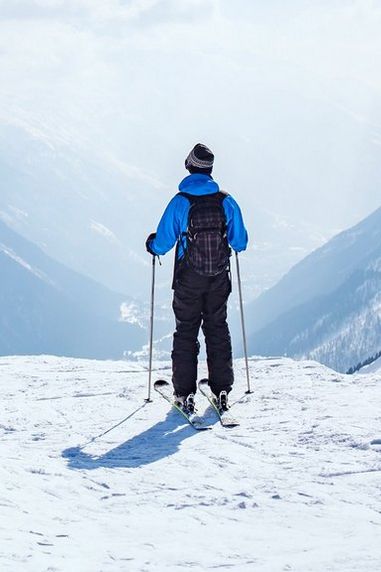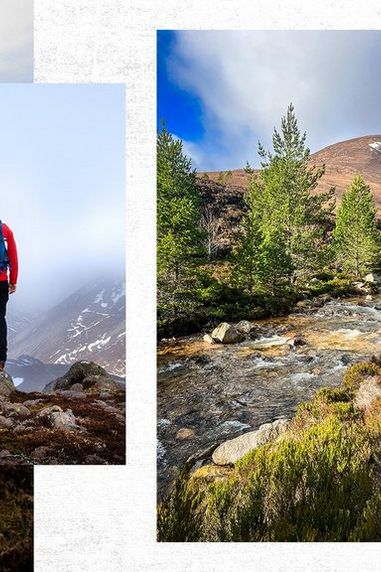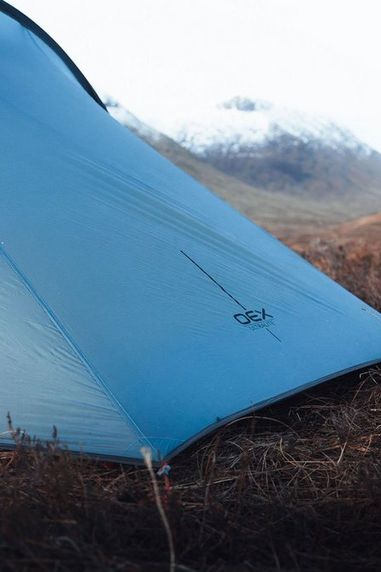Naturalist and Eco-Journalist Sarah Roberts journeyed to Iceland in February on a very special mission; to lift the lid on how humans have changed the face of our planet, and to search for hope that climate change can be slowed and even reversed. If you haven’t watched the film already you can check out her amazing adventure here.
In this article we examine the science shared by Sarah in the film which easily explains why climate change is a problem.
“…it is the result of human activity and human activity alone.”
What is Climate Change?
According to the United Nations, “Climate change is the defining issue of our time and we are at a defining moment”. But what is it? The MET Office defines climate change as “a large-scale, long-term shift in the planet’s weather patterns and average temperatures [across the world].” Since the mid-1800s, humanity has increased the levels of carbon dioxide and other greenhouse gases into the atmosphere, resulting in a rise in global temperatures and a long term impact on our climate.
Across our world in just in the last 12 months we’ve witnessed devastating forest fires and droughts in Australia, huge landslides caused by flooding in Japan, and powerful hurricanes on the US Gulf Coast. Closer to home in the UK we’ve seen unprecedented flooding over winter which worsens as each year passes. In 2019, Iceland lost its first glacier and it is predicted that without action, over the next 200 years, all of Iceland’s glaciers are set to follow. These persistent and worsening changes to our climate and weather systems are all clear examples that climate change is real and devastating.

The Great Ocean Conveyer Belt
Sarah tells us that our planet runs off one big system and a continuous movement of water which distributes nutrients and oxygen around that system, much like blood around the body. The North and South poles are known as the Cryosphere and between them you have the tropics. The entire system of our planet is regulated by a current called the Great Ocean Conveyer Belt. This current carries the warm water from the tropics up to the poles where it cools in temperature and sinks, taking nutrients and oxygen down into the lower levels of the ocean. This water is carried back to the tropics where it warms again and moves to the South, following the same process. It is this natural system which controls our weather, our climate and also the movement of valuable nutrients in the water that sustain life around the globe.
Scientists worry about the unknown impact to the Great Ocean Conveyer Belt if our ice caps melt because of the carbon impact on our atmosphere. During her adventure Sarah discovered that the changes in ocean nutrition is having an impact on the types of food in our oceans. This in turn is affecting the migration paths, breeding habits and survival of animals within our ecosystem such as whales. Scientists have seen that a large reduction in the number of large animals at the top of the food chain like sharks, lions and whales can create huge imbalance, causing entire chains to collapse as species are not kept in check.
The Carbon Cycle
In the film Sarah also talks us through the carbon cycle and how by releasing huge excesses of carbon into the atmosphere we have overloaded the natural cycle of our planet.
A normal carbon cycle is when a person or animal breathes out carbon dioxide which goes into the atmosphere. That carbon dioxide is draw in by a plant which stores it in its roots which is transferred into the soil when the plant dies. As Sarah explains, if you think of soil as a ‘semi-permanent storage’, then this movement of carbon from the atmosphere into the soil creates a balanced system that is moving in synchronicity.
Decades of human activity has unbalanced this system and here’s how. For centuries we have been extracting carbon from the ground and burning it to power our cars, factories and other technologies. The extracted carbon, known as fossil fuels when burnt release large amounts of carbon dioxide into our atmosphere. So humans are consistently removing naturally captured carbon from the soil and releasing it into the atmosphere, meaning the normal carbon cycle is now out of sync.
So what is the result of this increased level of carbon in our atmosphere? It is changing our weather systems and warming our climate. As our ice caps and glaciers melt, this not only affects the Great Ocean Conveyer Belt, but it also releases extra carbon that has been trapped within ice for thousands of years. A series of linked events results in the whole process getting out of control.
It's Not All Doom and Gloom!
Now we know the what and why, the next question is how do we stop the climate crisis and rebalance our planets systems? In the film Sarah meets Kari Helgason who works for CarbFix and offers unexpected hope but makes it clear we all need to play our part.
Kari says “The solutions are there, we just need to accept there is a big problem and we need to make it our first priority to deal with it and if we do that, we can solve climate change.” The main message is that although the science is doing its bit, it can only take us so far. He adds “If you take any one solution and you work out the numbers, it’s not enough. We need to do everything in parallel.” We need to educate people on the facts and causes so we can change our behaviours and reduce our emissions.
We need to put pressure on our Government to transform the UK and global economies and collectively drive the transition to renewable energy to stop the over-reliance on fossil fuel extraction. As you will see in the film, the scientists are also using innovative carbon capturing technology to take carbon from the atmosphere and place it in permanent storage systems which naturally surround the earth’s core below the soil.
Ultimately the science alone will not save us. Want to know some simple tips on how you can start to immediately reduce your own environmental impact? Click here.



